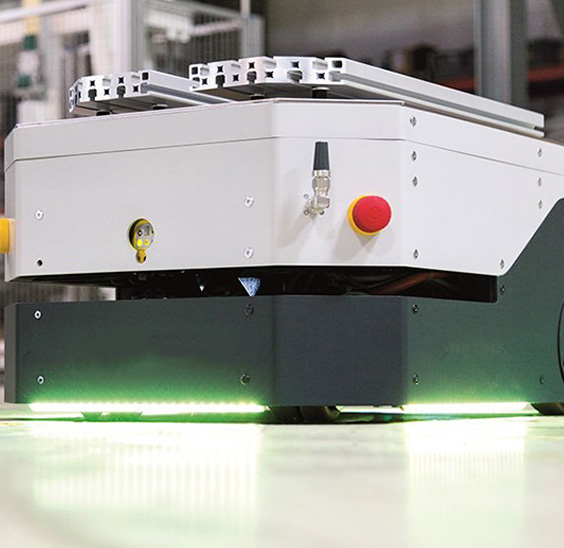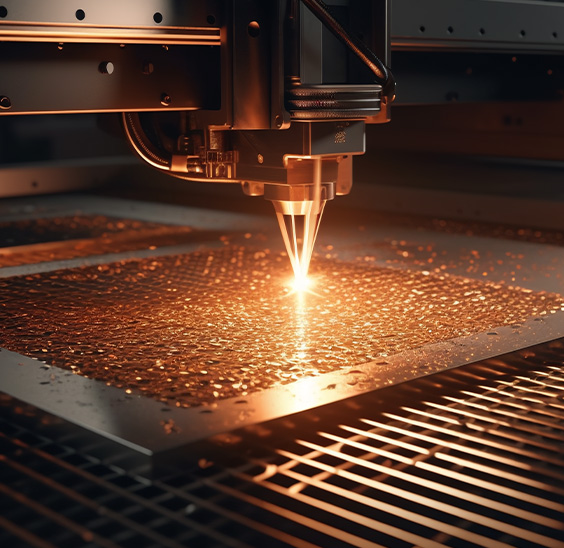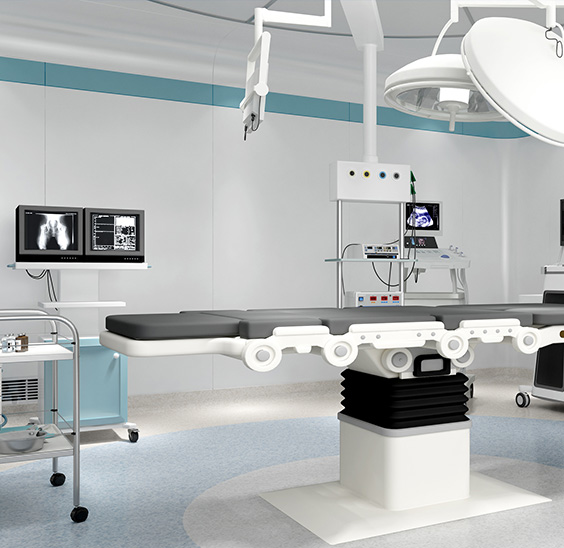The secret of harmonic reducer: the core of precision transmission technology
In modern industry and robotics, harmonic reducer has become one of the core components of precision transmission technology with its unique transmission principle and performance.
The harmonic reducer is mainly composed of three basic components: a rigid gear (rigid wheel) with an inner gear ring, a flexible gear (flexwheel) with an outer gear ring, and a wave generator. The wave generator is usually an elliptical or non-circular component, which is inserted into the flexible wheel and causes the flexible wheel to produce controllable elastic deformation through its shape change. When the wave generator rotates, the flexible wheel meshes with the inner teeth of the rigid wheel during the deformation process, thereby realizing power transmission.
The core of this transmission method lies in the elastic deformation of the flexible wheel. Under the action of the wave generator, the shape of the flexible wheel changes from circular to elliptical, thereby contacting and separating with the inner teeth of the rigid wheel. This periodic contact and separation makes the harmonic reducer have extremely high transmission ratio and transmission accuracy. At the same time, due to the elastic deformation of the flexible wheel, the harmonic reducer also has a certain buffering and shock absorption capacity, which improves the stability and reliability of the system.
Technical features of harmonic reducers
Large transmission ratio: harmonic reducers can achieve extremely high transmission ratios, usually between 50 and 300, or even higher. This gives harmonic reducers a significant advantage in situations where a large transmission ratio is required.
Small size and light weight: Due to the compact structure of the harmonic reducer, its size and weight are relatively small, which is very suitable for situations with strict requirements on space and weight, such as aerospace, robotics and other fields.
High transmission accuracy: The transmission accuracy of the harmonic reducer is very high and can meet the requirements of precision transmission. This makes harmonic reducers widely used in optical instruments, precision machinery and other fields.
High load-bearing capacity: Although the size and weight of the harmonic reducer are small, its load-bearing capacity is very high. This is due to the elastic deformation of the flexible wheel and the solid structure of the rigid wheel, which enables the harmonic reducer to withstand large torque and load.
Smooth operation: The operation of the harmonic reducer is very smooth, with little noise and vibration. This gives the harmonic reducer a significant advantage in situations where high stability and reliability are required.
Harmonic reducers are widely used in many fields due to their unique transmission principle and performance.
Aerospace: In the field of aerospace, harmonic reducers are used in key parts such as satellite attitude control and aircraft transmission systems. Its high transmission ratio, high precision and high load-bearing capacity make harmonic reducers an indispensable core component in the field of aerospace.
Robotics: In the field of robotics, harmonic reducers are widely used in the joint transmission mechanism of robots. Its small size, light weight, high transmission accuracy and smooth operation make harmonic reducers the first choice for robot joint transmission mechanisms.
Optical instruments: In the field of optical instruments, harmonic reducers are used in precision adjustment mechanisms. Its high-precision transmission characteristics enable optical instruments to achieve high-precision adjustment and positioning.
General machinery: In the field of general machinery, harmonic reducers are used in various transmission systems. Its high transmission ratio, high load-bearing capacity and smooth operation make harmonic reducers an important transmission component in the field of general machinery.


 EN
EN  English
English 中文简体
中文简体 русский
русский Español
Español


















